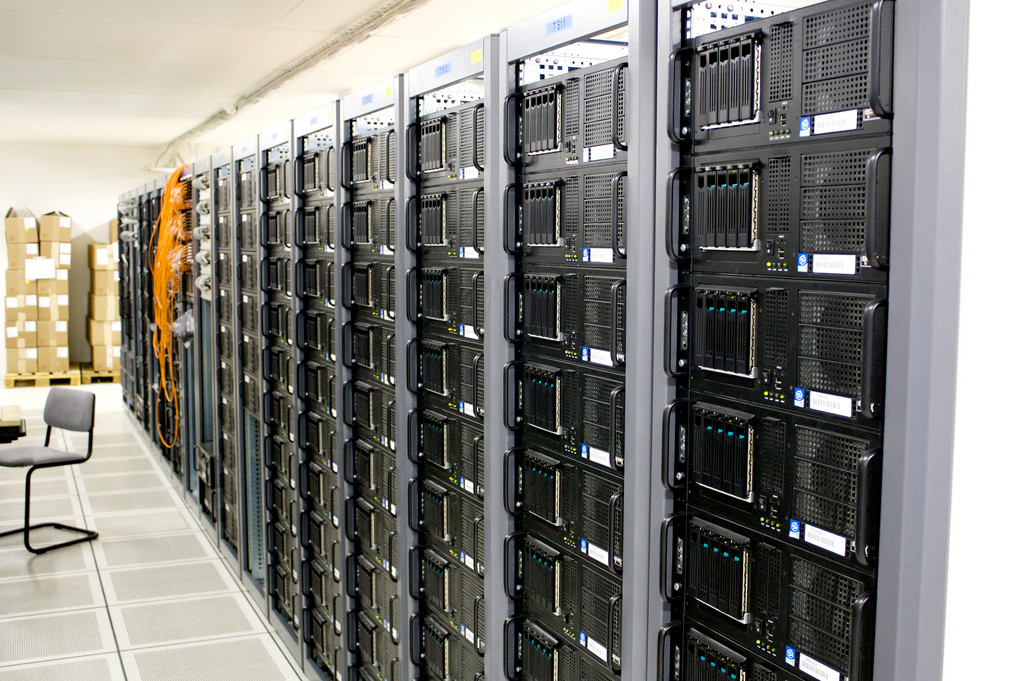From its beginning in the 1960s to this date, virtualization has changed the face of the IT industry. There are professionals who are still doubtful about adopting it and some are entirely dependent on it. If you too are confused about virtualization, it’s working, pros and cons then here’s a fast track guide to virtualization.
What is Virtualization?
In the computing context, virtualization is a process of generating a virtual form of something. This virtual form created could be of storage devices, servers, computer hardware etc. It allows several operating systems to run on a single computer system simultaneously. Through virtualization, the hardware gates separated from single operating system acting as numerous systems. This concept is called Virtual Machines (VMs) or hypervisor which is based on the guest model.
Types of Virtualizations
1.Server Virtualization – In server virtualization, several physical servers are fused into virtual servers which run on a single physical server. It helps to centralize the server management and availability. It is considered an effective and smart technology in the IT industry to save resources and have better business continuity. One of the most popular software platforms for same is Microsoft hyper-V server. You can get Hyper-V training on the same to learn how to operate and manage virtualization through Microsoft technologies. A Hyper-V certification is also useful for window admins and network administrators.

2. Application Virtualization – Through application virtualization, an application can be operated on another host from where it is installed in various sizes. It is also referred as application service virtualization. In this, a dynamic link library forwards all the alerts and notifications from the virtualized application to the main server’s file system. It makes the migration of operating system a much simpler process.
3. Hardware Virtualization – It is the most prevalent type of virtualization. In this, a virtual machine manager mirrors virtual versions of operating systems and merge them into a huge single physical server. It helps you to run multiple operating systems on a single device at the same time.
4. Storage Virtualization – It is simply accumulating all the physical hard drives into one single centralized system which can be easily mirrored and transferred. It saves you from the cost and stress of managing several storage devices.
5. Desktop Virtualization – In desktop virtualization, the desktop environment is separated from the physical system and organized into a virtual desktop infrastructure. It works similar to application virtualization. It helps you to work from anywhere without carrying the work/office computer to multiple places.
Embracing virtualization into your organization can be a difficult process. It can be complex in beginning but also profitable to your organization. From improving operational efficiency and security to saving on expenses and power consumption, the benefits are manifold. As mentioned earlier, you can register yourself in any virtualization course (the platform your organization uses) and learn how to install, implement, configure and manage virtualization infrastructure.
Visit Koenig Solutions for more details about Hyper-V certification training and many more courses suited for IT professionals. Do you have any queries about any of these courses or their advantages? Leave them in the comments below and we’ll get right back to you. For more information about virtualization certification, visit Koenig Solutions.




